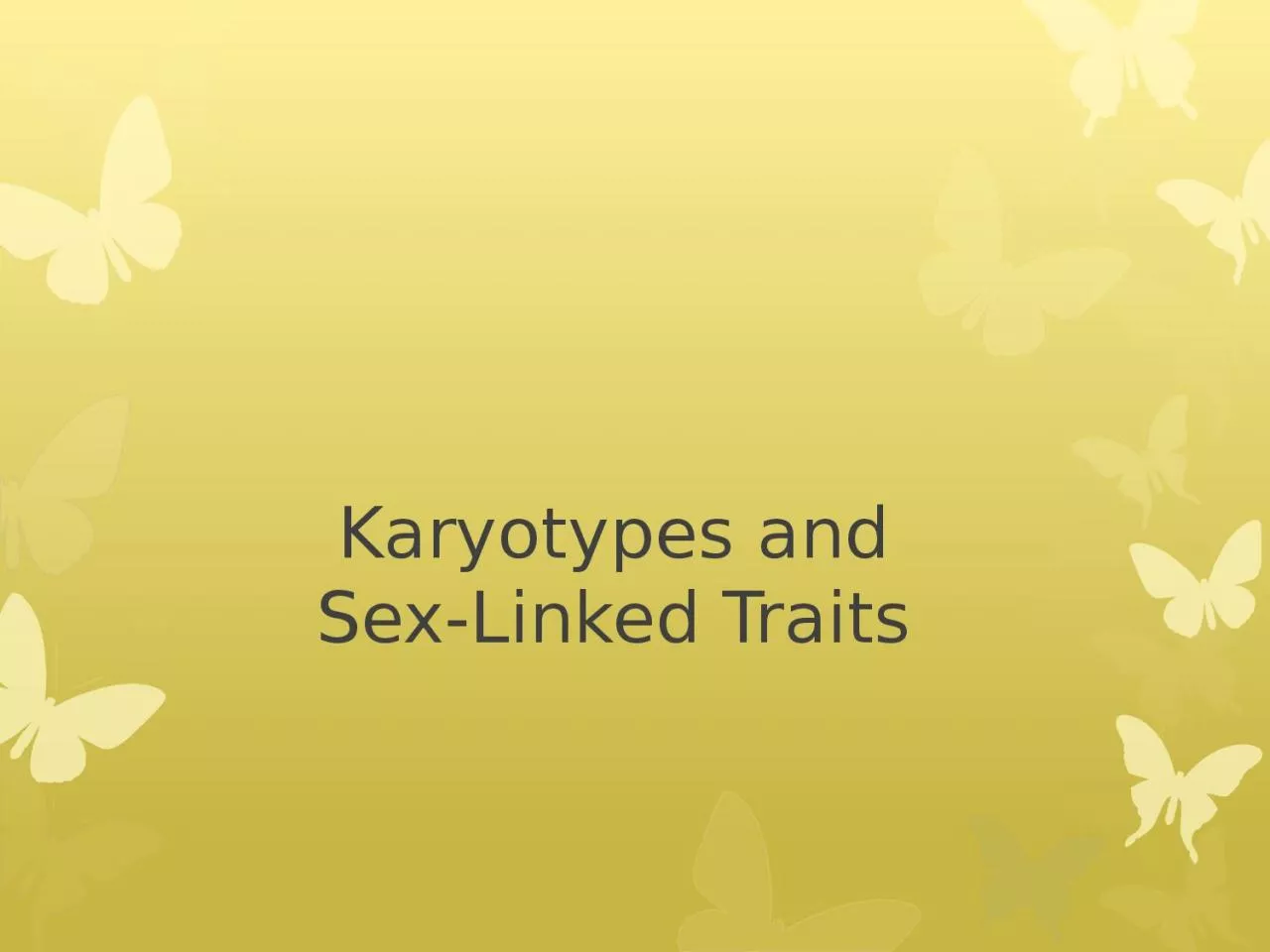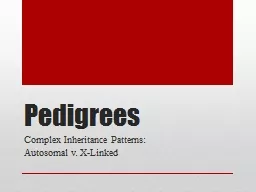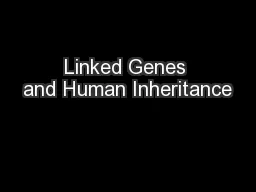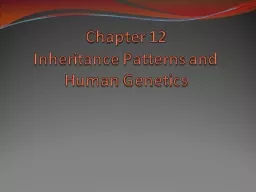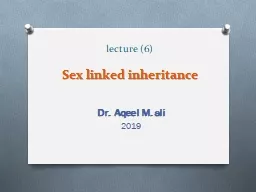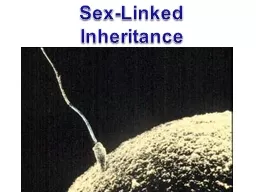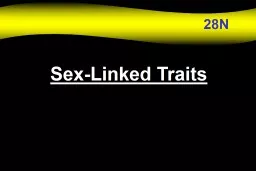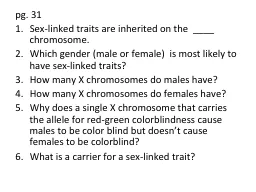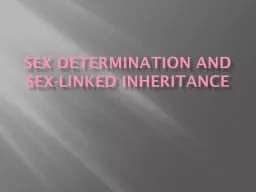PPT-Karyotypes and Sex-Linked Traits
Author : Tigerwoods | Published Date : 2022-08-03
Karyotype Karyotype a picture of chromosomes Autosomes the first 22 homologous pairs of chromosomes Autosomes are the same for both males and females Sex
Presentation Embed Code
Download Presentation
Download Presentation The PPT/PDF document "Karyotypes and Sex-Linked Traits" is the property of its rightful owner. Permission is granted to download and print the materials on this website for personal, non-commercial use only, and to display it on your personal computer provided you do not modify the materials and that you retain all copyright notices contained in the materials. By downloading content from our website, you accept the terms of this agreement.
Karyotypes and Sex-Linked Traits: Transcript
Download Rules Of Document
"Karyotypes and Sex-Linked Traits"The content belongs to its owner. You may download and print it for personal use, without modification, and keep all copyright notices. By downloading, you agree to these terms.
Related Documents

